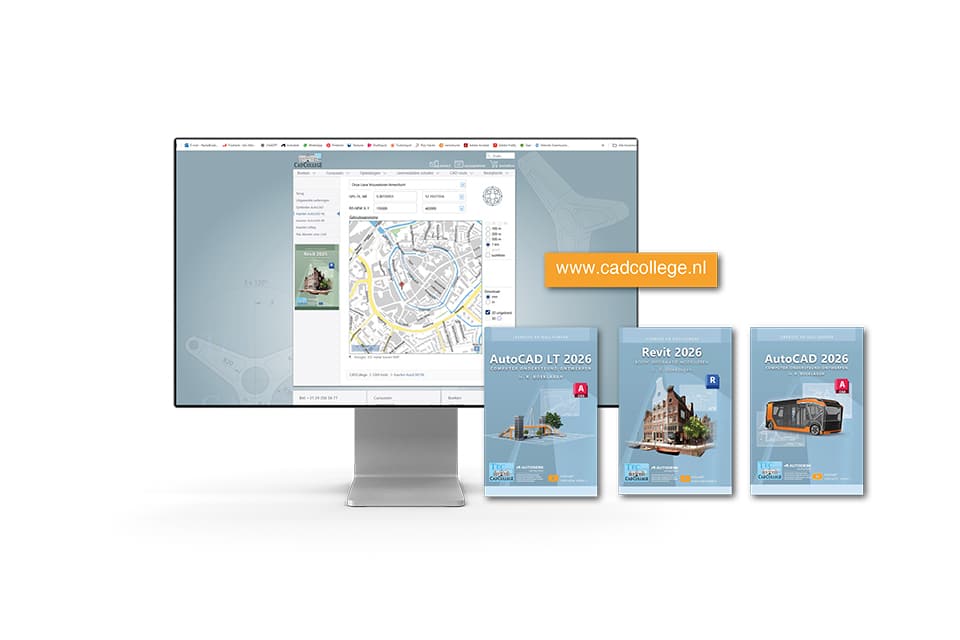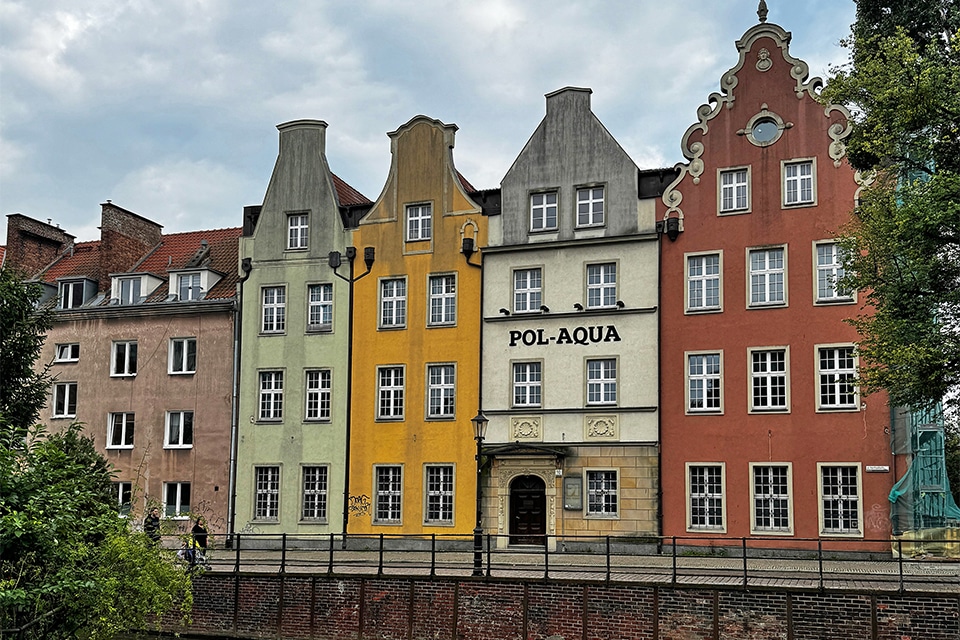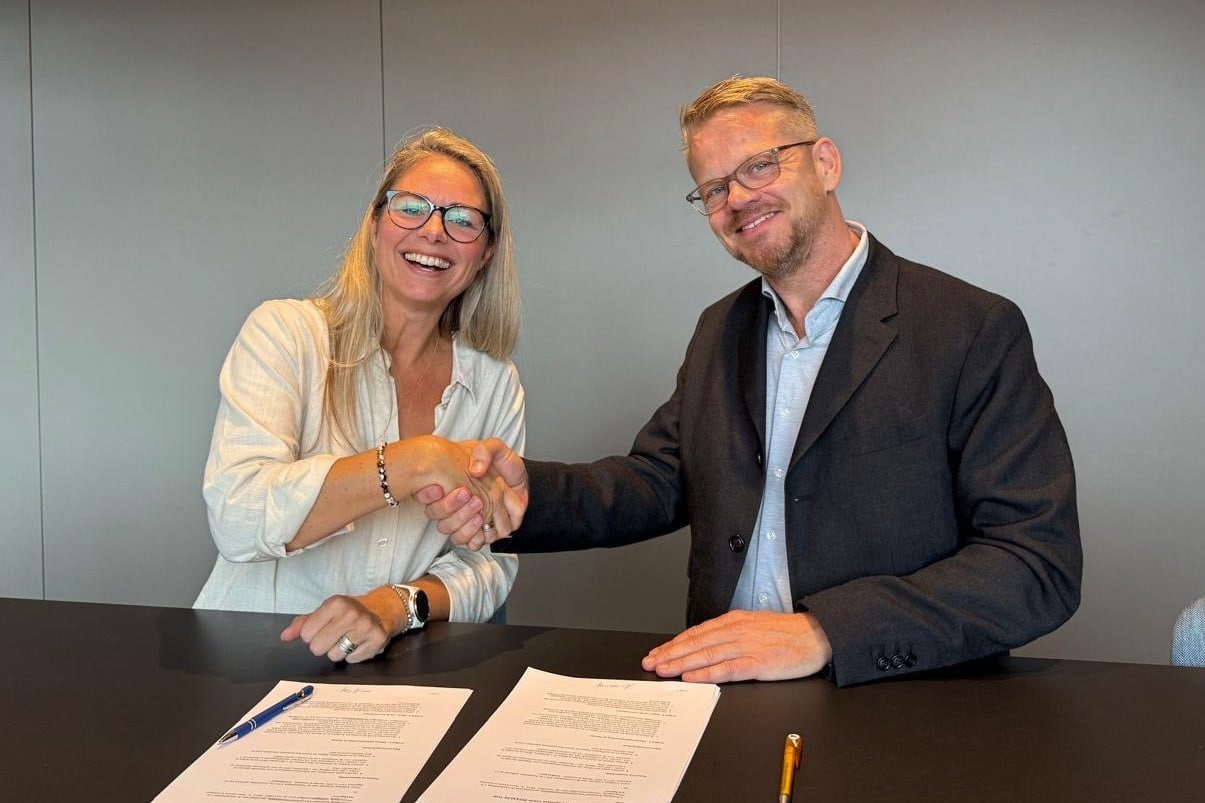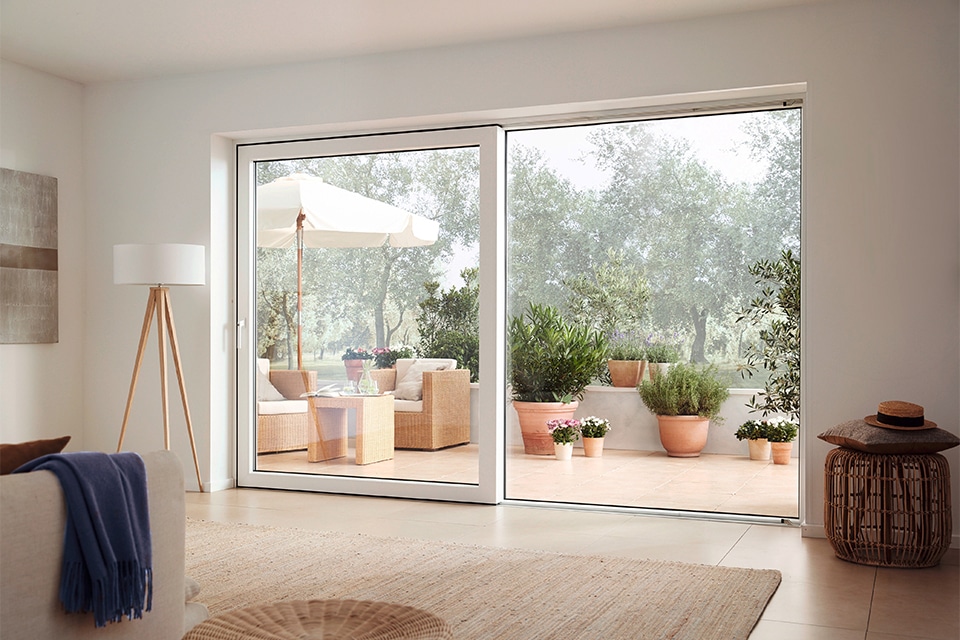
Not/well next door
APPEALING AWNING PROJECTS
A museum that must protect its collection and visitors. And an office building where KLM employees must keep their cool. The museum is the Boris Yeltsin Museum in Yekaterinburg, Russia. Not exactly next door. What is next door is KLM's Operations Control Center at our own Schiphol Airport, at Schiphol-East to be exact. Appealing awning projects that deserve a stage in Z&R.
Both projects were realized using cloth from French cloth manufacturer Serge Ferrari. In Yekaterinenburg, Guillaume Janssen of Zwolle was the executing party, at Schiphol-East it was Poly-Ned of Steenwijk. Incidentally, it is not the case that the cloth was already largely settled. Both Guillaume Janssen and Poly-Ned did their best to make something ingenious out of it.

The only 30 cm wide top edges of the individual awning fabrics must be able to withstand large tensile forces.
Collection and visitors Boris Yeltsin Museum protected from sunlight in special way
A museum using the latest technology to display its collection to visitors must ensure that light and heat are always in balance. The Boris Yeltsin Museum in Yekaterinburg uses MSW Dome blinds for this purpose, for which Soltis Perform 92 fabric by Serge Ferrari was used. The fully customized blinds, which support the museum's beautiful architecture, are a product of Guillaume Janssen of Zwolle, the Netherlands.
"Serge Ferrari is a world leader in flexible composite materials and enjoys working on innovative projects," says Country Manager Benelux & UK Dirk Driessen. And innovative may certainly be called the Boris Yeltsin Museum in Yekaterinburg, Russia. This new museum aims to preserve and show the recent historical legacy of the Russian presidents after the collapse of the Soviet Union. Central to it is Boris Yeltsin, the first president of the new Russia. Using the latest technology, the museum tells his life story in modern language.

Serge Ferrari's Soltis Perform 92 cloth shows itself to be extremely dimensionally stable even under special conditions.
Large glass dome as a challenge
The impressive building that houses the museum has a large glass dome. In order to protect the works of art and presentations from sunlight and display them as beautifully as possible for visitors, to keep out the heat and optimize the indoor climate and also to improve the acoustics, cloth sunshades proved necessary. Not an easy task, given the size and structure of the dome.
With the MSW Dome fitted with Soltis Perform 92 fabric by Serge Ferrari, Guillaume Janssen proved to have the perfect solution to this challenge. "The MSW Dome is a curved triangular screen specifically designed to regulate sunlight and block heat from large areas of glass," said Guillaume Janssen's Commercial Director Bram Plattel. "The screens follow the curved shape of the dome, fully preserving the architectural appearance of the building. Not in use, they are almost invisible because the cloths roll up at the bottom into compact cassettes."

Serge Ferrari's Frontside View canvas is mounted on the pre-existing frame.
Extremely strong cloth
Because a dome is actually made up of connected, curved triangles, triangular cloth strips were also used for the awning. They are 14.5 m long and only about 30 cm wide at the top. To move and keep the cloths under tension, they must be able to withstand very high tensile forces, even at the narrow top. "This can only be fulfilled with a particularly dimensionally stable cloth that has sufficient strength in all directions - even diagonally," Bram Plattel knows. "Soltis Perform 92 by Serge Ferrari has proved ideal for this."
In fact, this fabric is produced, using the globally patented Précontraint technology. This means that the composite fabric is kept under tension throughout the production cycle.
"It gives these cloths exceptional properties in terms of shape retention, mechanical resistance - important in this case because the curved cloth runs over guide rollers, low material thickness - for a small roll-up diameter and evenness," explains Dirk Driessen.
Functional and aesthetic
On hot days, the white Soltis Perform 92 of the blinds at the Boris Yeltsin Museum reflects the sun, blocking bright light and heat. The fabric's transparent perforation ensures that light does pass through. "Thanks to this cloth, visitors to the Boris Yeltsin Museum can enjoy the diffused light at any time," Driessen said.
Thanks to the combined efforts of Serge Ferrari, Guillaume Janssen and WellSun, the Moscow company that installed the blinds, the museum now has an aesthetically pleasing and functional solution to regulate light and heat.
Project: Boris Yeltsin Museum
Location: Yekaterinburg
Country: Russia
Architect: Bernaskoni
Installing awning specialist:
WellSun (Moscow)
Applied products:
MSW Dome System by Guillaume
Janssen Soltis Perform 92-2044
(white, openness 4%) by Serge Ferrari.
KLM's Operations Control Center at Schiphol-East recently has a facade that catches the eye. In fact, it has been fitted with a mantle of sun-resistant textile by Serge Ferrari, which ensures that more light enters every day and keeps sunlight and heat under control.
The facade of KLM's Operations Control Center at Schiphol-East was in need of a good sun protection solution. Several years ago, a sunshade made of perforated metal mesh had been installed. However, the panels began to rust and the material used was no longer available on the market. Therefore, Poly-Ned from Steenwijk was called in to realize a new solution. The choice fell on this specialist in textile architecture because of its extensive experience and because the company appeared to be able to meet the high safety requirements on the building site.
More light, better appearance
After extensive research, the architect in charge chose to protect the façade with a sheath of perforated fabric. This lightweight option offers the possibility of having a wider view outside the building while still effectively blocking the sun. Meanwhile, the facade has been fitted with 830 m² of mesh fabric of Serge Ferrari's Frontside View 381 type.
Frontside View 381 is intended for textile facades and specially designed to preserve the view from inside to outside. In new construction and renovation projects, it reduces heat penetration into the building by as much as 81%, depending on the color of the mesh fabric. It is also durable and resistant to the effects of weather such as wind, hail and solar radiation. The architect wanted a dark color in this case because it matches the original colors of the facade. In this project, the old support structure on which the perforated metal mesh was originally installed remained intact. Partly because of this, the cost of the project was manageable.
KLM's Operations Control Center not only looks a lot more attractive after the sun blinds have been installed, and much more daylight now enters," concludes Dirk Driessen of Serge Ferrari. "And that while at the same time the harmful influence of the sun is kept out. Two birds with one stone!"





